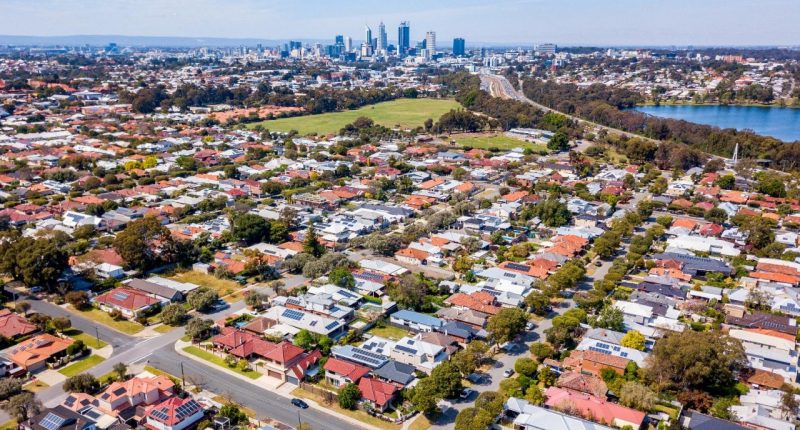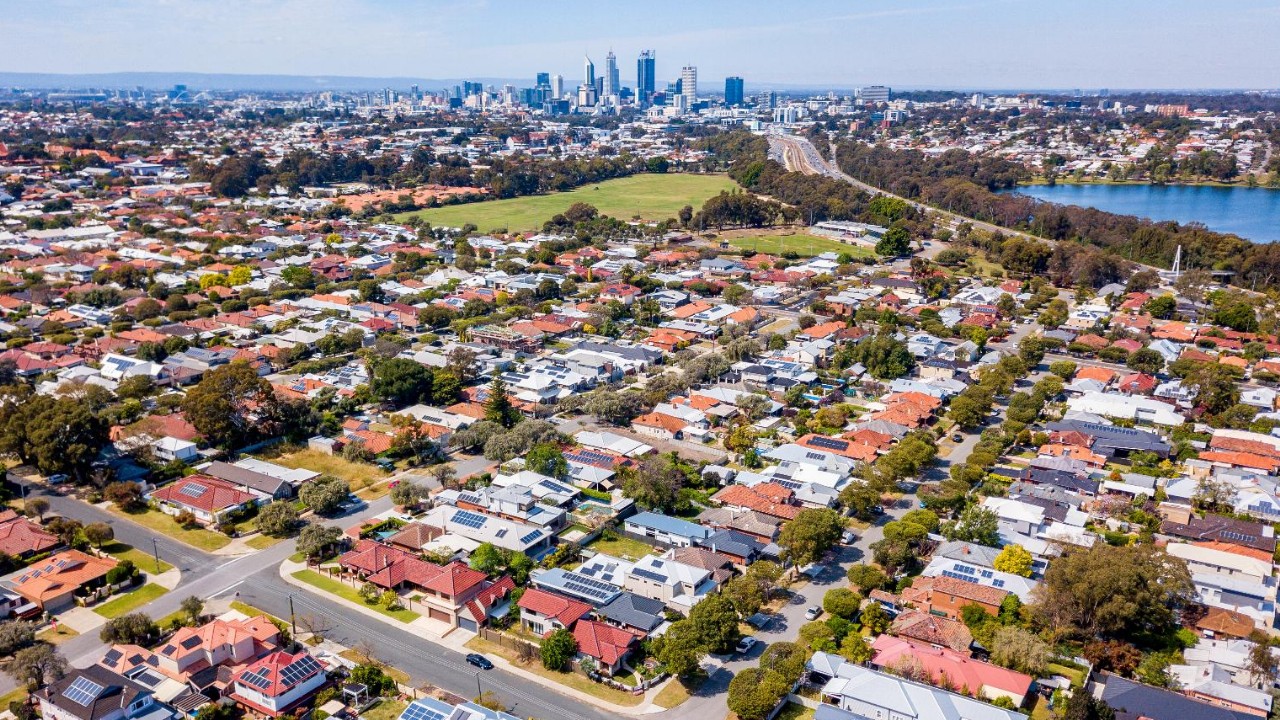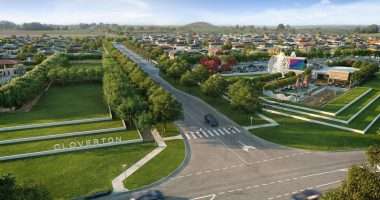- Perth is facing a housing supply crisis, with demand expected to surpass supply in the next three years, according to a recent report
- “If we keep progressing in a ‘business as usual’ way, there is absolutely no doubt we are heading for a major housing crisis,” UDIA WA CEO Tanya Steinbeck says
- Ms Steinbeck says the current rental crisis, which has seen prices rise and the vacancy rate consistently below one per cent, is just the tip of the iceberg
- According to the UDIA analysis, the supply of large (500+ lots) master-planned communities is dwindling
Perth is facing a housing supply crisis, with demand expected to surpass supply in the next three years, according to a recent report.
The report from the Urban Development Institute of Western Australia (UDIA WA) said restrictive planning controls, infrastructure constraints and land fragmentation made it difficult for new supply to hit the market.
“This report is sounding the warning bell for all stakeholders involved in delivering housing to the Perth and Peel community,” UDIA WA CEO Tanya Steinbeck said.
“If we keep progressing in a ‘business as usual’ way, there is absolutely no doubt we are heading for a major housing crisis.”
Ms Steinbeck said the current rental crisis, which has seen prices rise and the vacancy rate consistently below one per cent, is just the tip of the iceberg.
“Gone are the days when we can rely on the development industry to simply ‘turn on the tap’ and ramp up the production of new lots and apartments to meet a lift in housing demand.”
A perfect storm is forming, according to Ms Steinbeck, who said just as we expect international borders to re-open we will “effectively have run out of developable land”.
“These supply constraints will push up housing prices across Perth and Peel unless we address the issues now,” she said.
The report examines both greenfield and infill locations, concluding that there is limited capacity in both locations to swiftly scale up lot creation and provide houses to satisfy buyer demand.
“Without an adequate supply of land for new housing and readily available development sites, housing will become even more expensive for everyone, both renters and purchasers,” Ms Steinbeck said.
“This situation leads to households having to compromise on the type of home that suits their needs and the location they want to live, such as close to family or employment.”
According to the UDIA analysis, the supply of large (500+ lots) master-planned communities is dwindling, with the majority of these estates nearing completion.
There are less than 10 large estates operating in most corridors, and there is fewer than five years’ worth of lot supply remaining in the northeast and southwest corridors.
These estates have generally supplied half of Perth’s new homes, the report said this is especially troublesome as when the supply of housing lots falls below 1.8 for every lot required by the market, the median home price in Perth rises.
The Western Australian Planning Commission’s (WAPC) Peel Urban Land Development Outlook 2020-21 identifies a short term (five-year) future dwelling yield of 63,775, a number UDIA WA estimated to be matched in the next three years.
The state government has said an additional 796,680 dwellings will be needed by 2050, in its Perth and Peel at 3.5 million report in 2018, just over 20,000 a year.
UDIA’s report said until recently demand was sitting well below this number, just under 17,000, however, this “has provided a false perception of the capacity and the capability of Perth’s planning and development system to deliver housing efficiently”.
The most recent WAPC Urban Growth Monitor report released in March, using 2019 data, has predicted that at current rates of infill, it will take 31 years to fully consume the stock of land earmarked for development in the Perth and Peel region based on a historical land consumption rate of 30 per cent infill.
The infill rate is currently sitting at 43 per cent, but if the target of 47 per cent is reached, this extends to 58 years.
The report found the average dwelling density of new developments in 2019 was 21.3 dwellings per net site hectare in 2019. An increase from 15 in 2010, but below the target of 26.
Ms Steinbeck said we need to start tracking housing supply accurately to develop a clearer picture of the situation.
The industry body also recommended prioritising development to deliver supply and for the state government to take more control in delivering infill.







